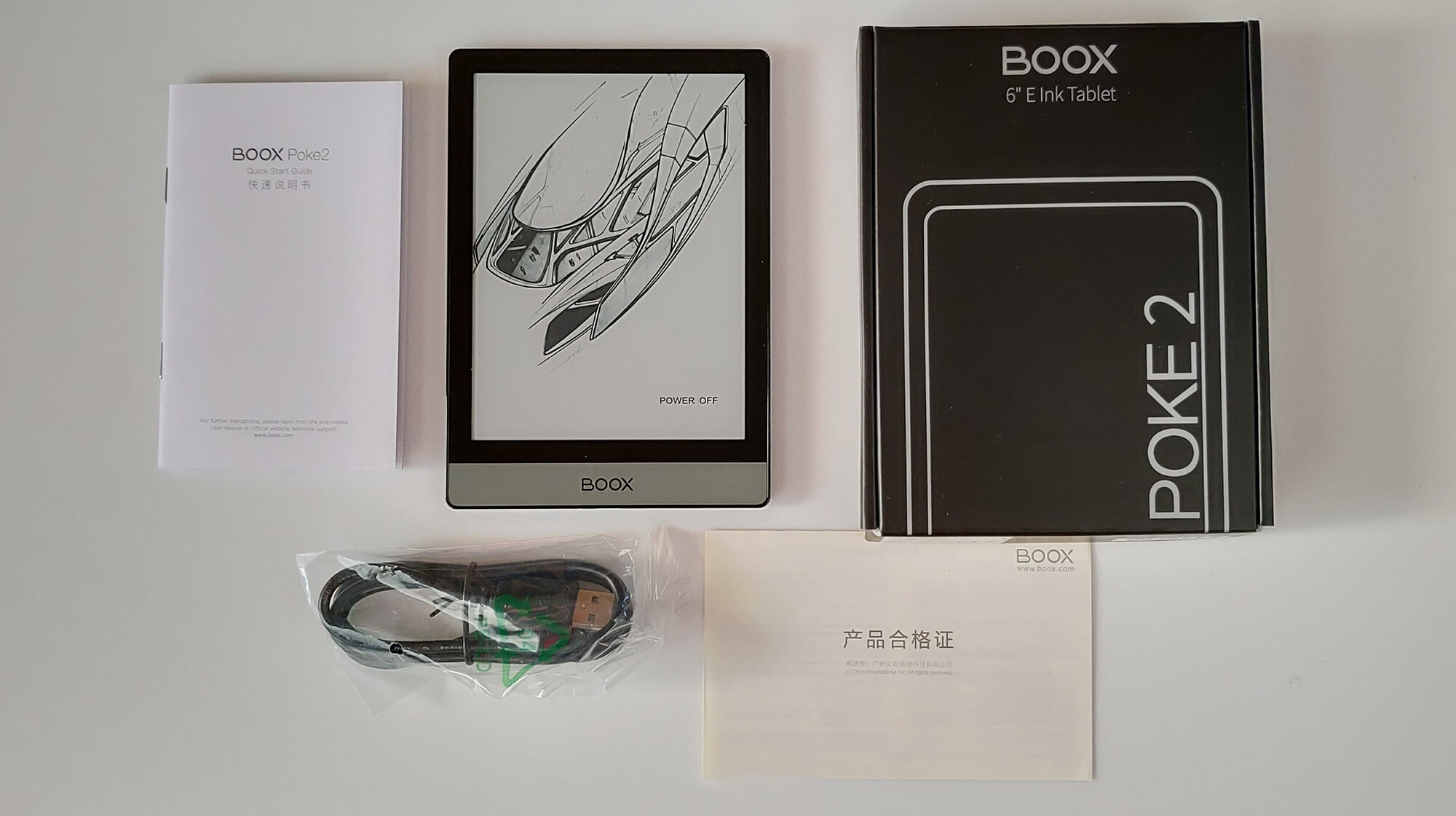

The breathing adjustment covers a wide range and the hose-routeing was excellent thanks to the intelligently placed ports.

There was no drama in the performance department, and it was very comfortable to use. Zeagle is garnering a following outside the USA, and if this regulator combination is anything to go by, I’m not surprised. The port layout on the first stage is standard fare for fixed barrel-shaped bodies, and allowed for neat, streamlined hose-routeing. Combined with the lightweight materials used in its construction, it negated the need to bite down hard on the soft silicon mouthpiece to keep it in place. The flexible lightweight braided hose took care of any restriction when I was craning my head from side to side or up and down. Boring is a very good trait when it comes to life-support breathing apparatus, the Holy Grail for which designers strive and the feature all divers should seek out.Ī boring regulator is the one you don’t realise you’re breathing from, one that can be trusted in any conditions. Exciting stuff for a tester, but at any of the intermediate settings this regulator’s performance settled down and became, well, not very exciting at all. At its loosest setting it felt as if it was over-delivering the gas. The breathing sensitivity is adjusted using a simple, easily accessed turn knob on the left of the second-stage body to increase or decrease gas flow.Īt its tightest setting the Onyx II was reminiscent of those old-school regs, the ones from which we had to physically suck the air. Firstly, the diver-adjustable controls were positive and made a marked difference to the performance. That said, a couple of features deserve mention. Its performance was not unlike that of some very high-end products I’ve tested recently, and which carry price-tags that would make even Bill Gates choke on his mid-morning doughnuts.

I’m always looking for something exciting to write about, and modern regs have become pretty samey and boring. This is fantastic for consumers but less good for the humble tester. This CE certification process has taken poor-performing products out of the equation, and left us with safe, reliable life-support equipment. Nowadays this doesn’t happen, because all regulators sold in the UK are subjected to stringent performance criteria tests before they can be approved under EU law. In years gone by regulator combinations literally tried to kill me, even at recreational depths. Twin low-profile exhaust ports are moulded as part of the main body, and the purge valve has a large-diameter cover for use with thick gloves. The second and first stages are linked with a 76cm lightweight braided intermediate pressure-hose that swivels at the second-stage connection. The Onyx II has a thumb-lever for dive/pre-dive venturi selection, and also a chunky turn-knob to adjust the breathing sensitivity. There are a few metal components: an anodised aluminium heat-sink to help prevent ice forming and (on the model I had) a chrome-plated ring around the purge button. The case is moulded in thermoplastics with a flexible thermoplastics cover, Elastomer poppet seat and an Elastomer polymer diaphragm. The Onyx II’s second stage is built almost entirely of modern plastics.


 0 kommentar(er)
0 kommentar(er)
